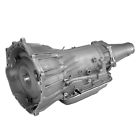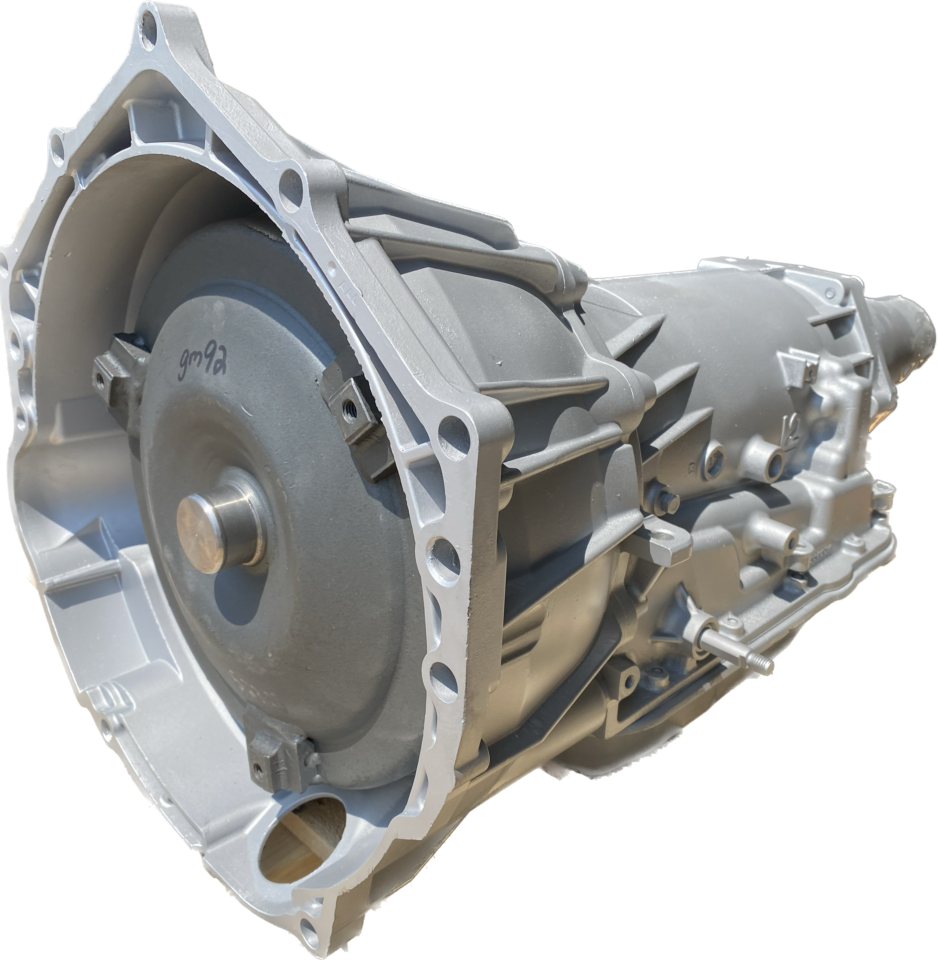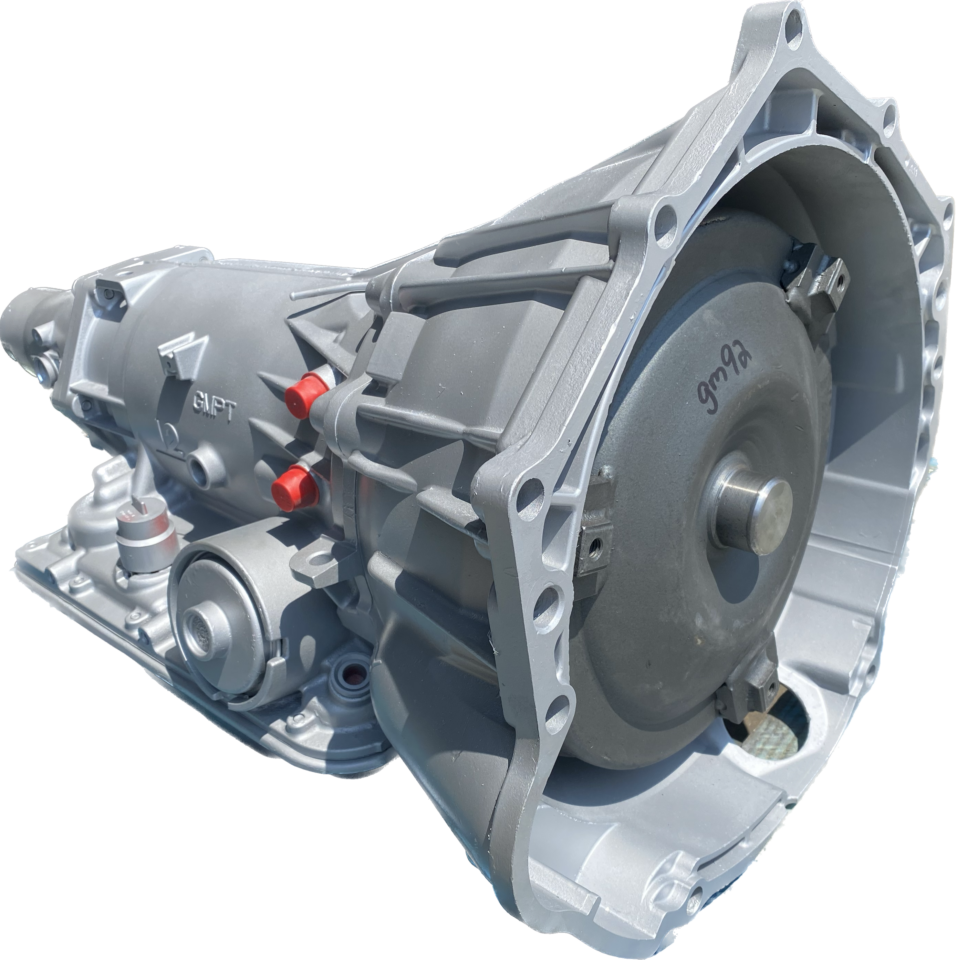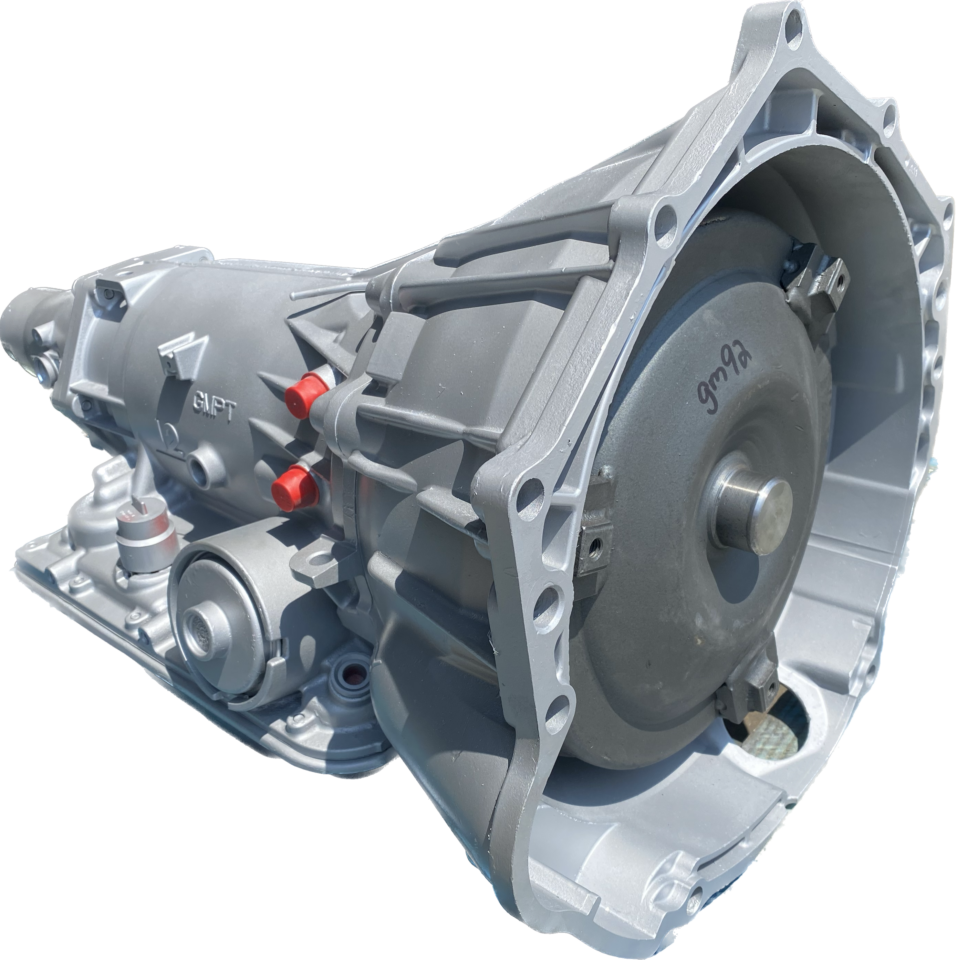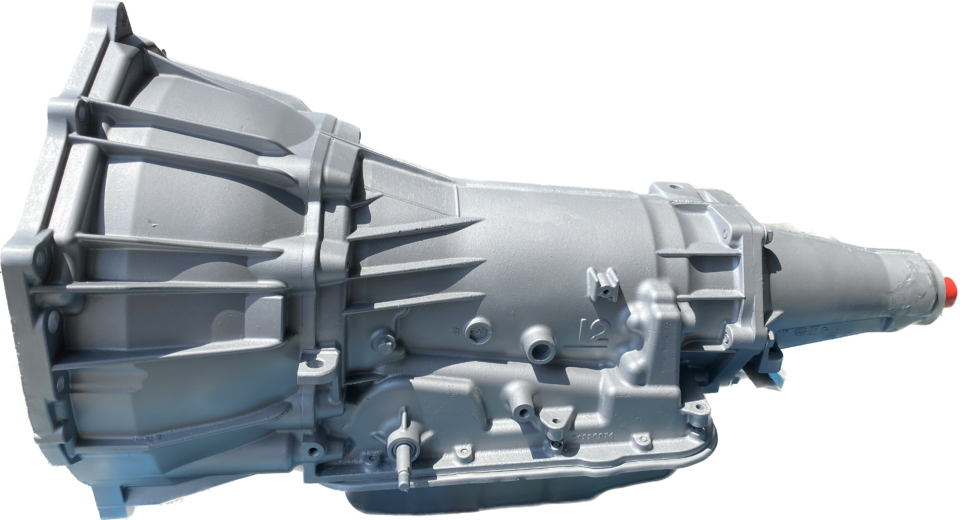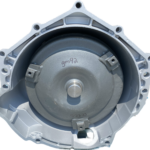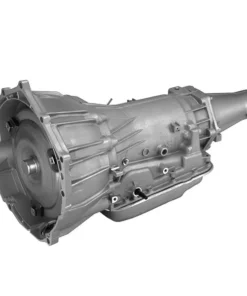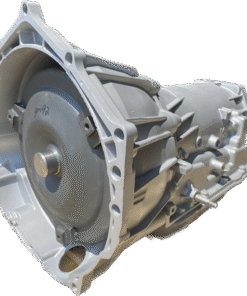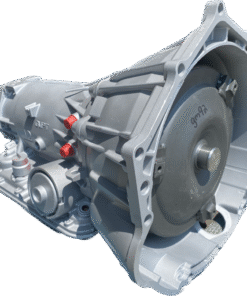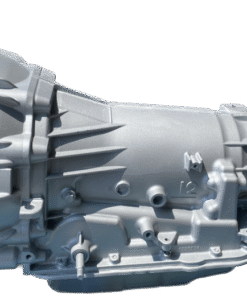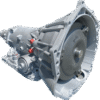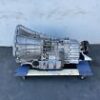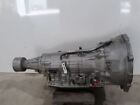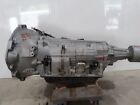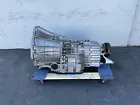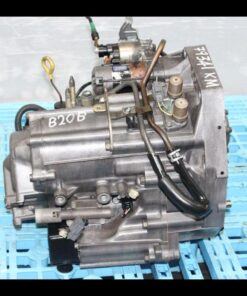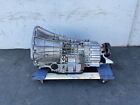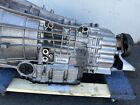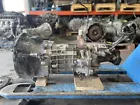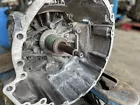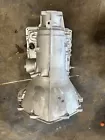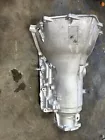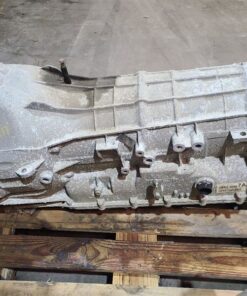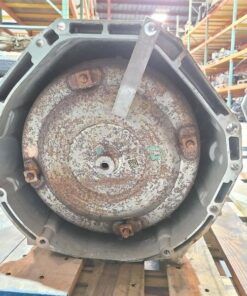GM Chevy 4L60E 2wd Transmission
1,400 $ Original price was: 1,400 $.1,350 $Current price is: 1,350 $.
GM Chevy 4L60E 2wd Transmission – Full Overview (Approx. 1500 Words)
Introduction
The GM Chevy 4L60E 2wd Transmission is one of General Motors’ most prolific and widely used automatic transmissions. A successor to the mechanically-controlled 700R4, the 4L60E brought electronic shift control and various internal upgrades. Used in an array of cars, trucks, and SUVs, particularly in the 1990s and early 2000s, the 4L60E remains a staple in both stock and high-performance builds. In its 2WD form, it serves countless rear-wheel-drive applications.
This guide covers the history, design, functionality, applications, issues, and upgrades relevant to the GM Chevy 4L60E 2wd Transmission, helping you understand, diagnose, and modify this unit effectively.
GM Chevy 4L60E 2wd Transmission – Full Overview (Approx. 1500 Words)
Introduction
The GM Chevy 4L60E 2wd Transmission is one of General Motors’ most prolific and widely used automatic transmissions. A successor to the mechanically-controlled 700R4, the 4L60E brought electronic shift control and various internal upgrades. Used in an array of cars, trucks, and SUVs, particularly in the 1990s and early 2000s, the 4L60E remains a staple in both stock and high-performance builds. In its 2WD form, it serves countless rear-wheel-drive applications.
This guide covers the history, design, functionality, applications, issues, and upgrades relevant to the GM Chevy 4L60E 2wd Transmission, helping you understand, diagnose, and modify this unit effectively.
Historical Background
The GM Chevy 4L60E 2wd Transmission was introduced in 1993 as an evolution of the 700R4, which itself debuted in the early 1980s. The “E” suffix denotes electronic control, a key difference between the 700R4 and 4L60E. As vehicles became more dependent on electronic control modules (ECMs), the transition from hydraulic governors and TV cables to electronic solenoids and sensors was necessary.
The GM Chevy 4L60E 2wd Transmission was used extensively across GM’s product lines up through the early 2010s, when it began to be replaced by newer transmissions like the 6L80E and 8L90E.
Basic Design and Operation
3.1 Gear Ratios
The GM Chevy 4L60E 2wd Transmission uses four forward gears and one reverse. Here are the gear ratios:
-
1st Gear: 3.06:1
-
2nd Gear: 1.62:1
-
3rd Gear: 1.00:1
-
4th Gear (Overdrive): 0.70:1
-
Reverse: 2.29:1
These ratios make the GM Chevy 4L60E 2wd Transmission suitable for a broad range of applications, offering strong off-the-line torque and an efficient overdrive for highway cruising.
3.2 Key Components
-
Torque Converter: Locks up for better fuel efficiency.
-
Valve Body: Houses solenoids and valves to control shifting.
-
Planetary Gear Sets: Transmit torque through gear ratios.
-
Input/Output Shafts: Connect engine and driveshaft respectively.
-
Tailshaft Housing: Long extension in 2WD form for driveshaft connection.
-
Solenoids: Control fluid flow and shift patterns via ECM signals.
2WD vs. 4WD Differences
The main difference between the 2WD and 4WD 4L60E transmissions lies in the output shaft and the tailshaft housing.
-
2WD Configuration:
-
Features a long tailshaft housing
-
Uses a slip-yoke driveshaft
-
No transfer case flange
-
Typically used in rear-wheel drive cars, trucks, and vans
-
-
4WD Configuration:
-
Has a short output shaft
-
Bolts directly to a transfer case
-
Driveshafts connect via the transfer case, not the transmission itself
-
Because of these differences, converting between 2WD and 4WD 4L60E units requires a full teardown and output shaft swap—not a minor task.
Compatibility and Interchange
The GM Chevy 4L60E 2wd Transmission went through many revisions over its 20-year lifespan, meaning not all versions are interchangeable. Compatibility issues often arise from different electronics, bellhousing patterns, input shafts, and solenoid designs.
5.1 Key Compatibility Factors
-
Year Range:
-
1993–1995: OBD1 systems, earlier wiring harnesses
-
1996–1999: OBD2, PWM lockup converter introduced
-
2000–2006: Further updates, internal harness changes
-
2007+: Often LS-style bolt patterns and variable line pressure controls
-
-
Bellhousing:
-
Early 4L60Es were one-piece castings
-
Later versions have removable bellhousings
-
LS engines require a unique bolt pattern and spacing
-
-
Input Shaft/Torque Converter:
-
Differences in spline count and depth
-
Must match your engine and torque converter
-
-
Electrical Connectors:
-
13-pin vs. 15-pin
-
Different shift solenoids (Type A vs. Type B)
-
5.2 Identifying Your Transmission
To correctly identify a GM Chevy 4L60E 2wd Transmission:
-
Look for the RPO code (e.g., M30 for 4L60E)
-
Check the transmission pan (rectangle with one corner cut off)
-
Use the casting numbers and stamped ID tag
-
VIN can help decode what transmission was factory-installed
Applications – Vehicles That Used the GM Chevy 4L60E 2wd Transmission
The GM Chevy 4L60E 2wd Transmission was installed in a wide range of GM vehicles. In its 2WD form, it was common in:
Trucks/SUVs:
-
Chevrolet Silverado 1500 (1993–2006)
-
GMC Sierra 1500
-
Chevy Tahoe / GMC Yukon (2WD)
-
Chevrolet Suburban 1500
-
Chevrolet S10 / GMC Sonoma
-
Chevrolet Trailblazer / GMC Envoy (RWD)
Cars:
-
Chevrolet Camaro (4th Gen)
-
Pontiac Firebird
-
Chevrolet Caprice
-
Chevrolet Impala SS (mid-90s)
-
Pontiac GTO (early 2000s, some versions)
Vans:
-
Chevrolet Astro Van (RWD)
-
Chevrolet Express 1500
-
GMC Safari
Due to its versatility, the GM Chevy 4L60E 2wd Transmission saw widespread use in both V6 and V8 applications.
Common Problems & Failures
Despite its popularity, the GM Chevy 4L60E 2wd Transmission has some well-known failure points:
7.1 Common Issues
-
3-4 Clutch Pack Failure: Often burns out under heavy load or improper line pressure
-
Sunshell Failure (“The Beast”): Stock shells are prone to cracking; aftermarket upgrades are common
-
Torque Converter Clutch (TCC) Solenoid Issues: Can cause slipping or harsh shifts
-
Shift Solenoid Failure: Causes improper gear selection or limp mode
-
Valve Body Wear: Leads to pressure loss, late shifts, or slipping
-
Output Shaft Bushing Wear: Causes driveline vibration and leaks
7.2 Symptoms of a Failing GM Chevy 4L60E 2wd Transmission
-
Slipping between gears
-
Harsh or delayed shifts
-
Stuck in one gear (often 2nd or 3rd)
-
No reverse
-
Burning smell or dark fluid
-
Check engine light with transmission codes (e.g., P0751, P1870)
Upgrades and Performance Modifications
Because the GM Chevy 4L60E 2wd Transmission is so common, there are many aftermarket performance parts and upgrade paths available.
8.1 Internal Upgrades
-
“The Beast” Sunshell: Heavy-duty hardened steel upgrade
-
Upgraded 3-4 Clutch Packs: More friction plates, better materials
-
Hardened Input/Output Shafts: For high-power applications
-
Wide Kevlar Bands: Stronger hold in 2nd gear
-
High-flow Pump and Boost Valve: Maintains line pressure
8.2 Control and Tuning
-
Aftermarket Controllers: Standalone TCMs (e.g., Holley Terminator X, TCI, etc.)
-
Shift Kits: TransGo or B&M kits improve shift firmness and reliability
-
Corvette Servo: Firmer, quicker shifts with improved holding power
-
Custom Tuning: Essential for modified engines; improves shift points and torque converter lockup
8.3 Cooling and Maintenance
-
Auxiliary Trans Cooler: Crucial for towing or performance driving
-
Synthetic ATF: Reduces heat and wear
-
Regular Fluid & Filter Changes: Every 30,000–50,000 miles recommended
Maintenance and Longevity
The GM Chevy 4L60E 2wd Transmission can last 150,000 to 200,000 miles with proper maintenance. In high-torque or neglected applications, failure may occur much sooner.
Maintenance Tips:
-
Monitor transmission fluid level and color regularly
-
Install a cooler if towing or driving in hot climates
-
Scan for trouble codes early to prevent major failure
-
Don’t ignore shifting delays or harsh engagements
Rebuild or Replace?
If your GM Chevy 4L60E 2wd Transmission fails, you have a few options:
-
Rebuild Your Unit: Ideal if you want to upgrade components and maintain fitment
-
Buy a Remanufactured Unit: Fast, but quality varies by supplier
-
Swap to a Different Transmission: LS swaps often opt for 4L80E or newer 6/8-speed autos
-
Manual Transmission Swap: Some prefer Tremec or T56 swaps for performance builds
Related products
Transmissions
Transmissions
Transmissions
Transmissions
Transmissions
Transmissions
Transmissions
Transmissions


